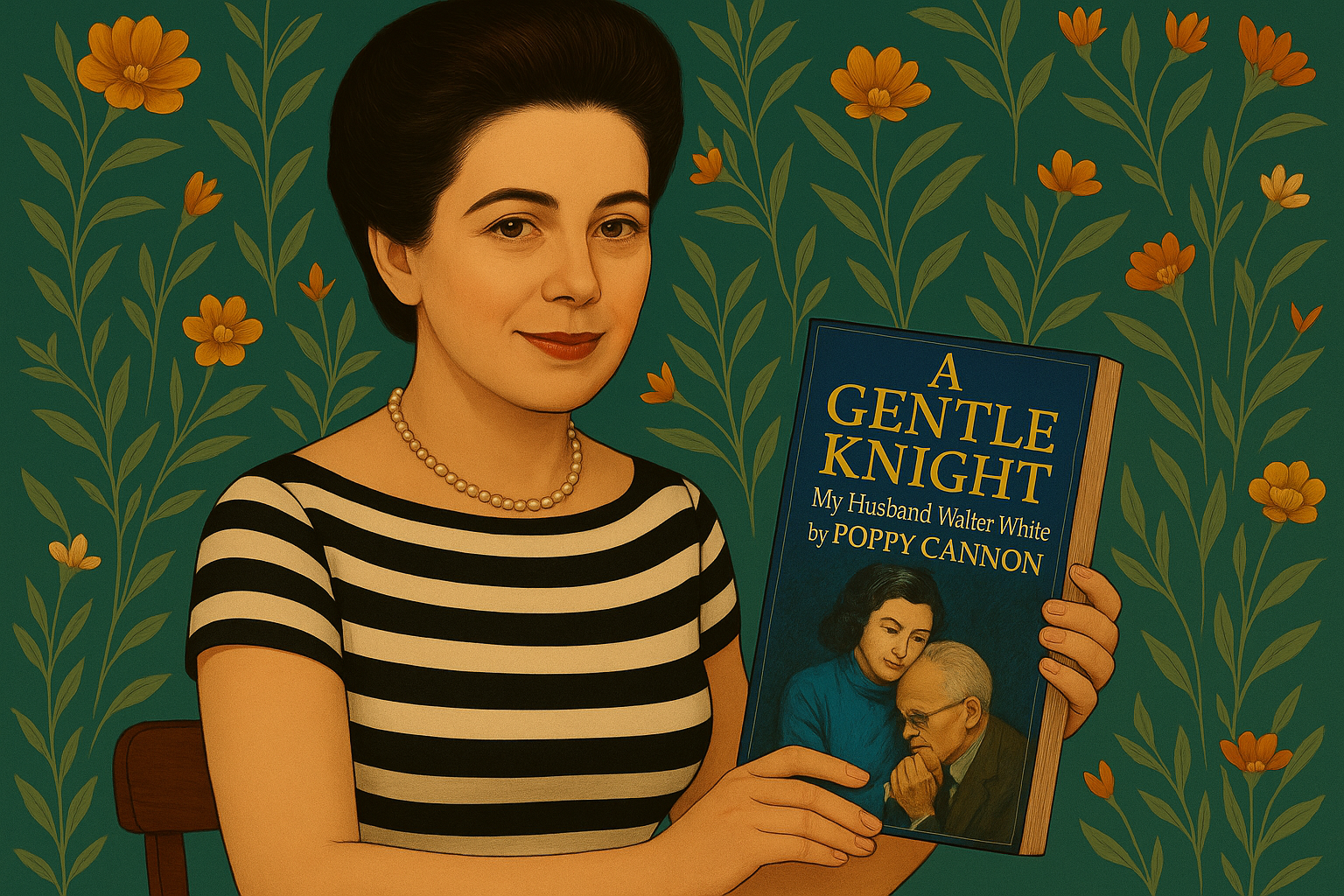Walter White was one of the most daring and effective civil rights leaders of the 20th century. Born in Atlanta, Georgia, in 1893 to a prominent Black family with European ancestry, White possessed a light complexion that allowed him to pass as white—a trait he used strategically and courageously in the fight against racial injustice.
Civil Rights Investigator • NAACP Executive • Undercover Truth-Seeker
 After joining the NAACP in 1918, White quickly rose through the ranks. He became the organization’s chief investigator of lynchings, traveling throughout the Jim Crow South to uncover the truth about racially motivated murders. Posing as a white man, he infiltrated dangerous spaces, gathered firsthand testimonies, and published harrowing reports that forced national attention on the brutality of lynch law.
After joining the NAACP in 1918, White quickly rose through the ranks. He became the organization’s chief investigator of lynchings, traveling throughout the Jim Crow South to uncover the truth about racially motivated murders. Posing as a white man, he infiltrated dangerous spaces, gathered firsthand testimonies, and published harrowing reports that forced national attention on the brutality of lynch law.
In 1931, he succeeded James Weldon Johnson as the executive secretary of the NAACP, a role he held for nearly 25 years. Under his leadership, the NAACP expanded its legal campaigns, laying groundwork for landmark victories like Brown v. Board of Education.
He also worked with writers and artists during the Harlem Renaissance, encouraging the fusion of culture and activism. His own books, including Rope and Faggot: A Biography of Judge Lynch (1929) and A Man Called White (1948), remain important accounts of civil rights work from inside the movement.
In 1950, he married Poppy Cannon, a South African-born white woman and food editor, sparking public controversy—but also signaling a personal and political commitment to integration.

Walter White passed away in 1955, but his legacy endures as a man who risked everything to expose injustice—from within the very system that tried to hide it.
CARD
Featuring:
Poppy also published a book about her husband
EVENT CARD

Poppy Cannon publishes A Gentle Knight, about her Husband Walter White
It happened on 8 September, 1956
A GENTLE KNIGHT My Husband, Walter White by POPPY CANNON The human drama of Black Like Me— the fearlessness of The Fire Next Time— a story which challenges one of society’s most violent taboos. "Recommended" —Library Journal The book was first announced in The Chicago Defender, a Chicago-based online African-American newspaper. It was founded in 1905 by Robert S. Abbott and was once considered the "most important" newspaper of its kind. NAACP To Hear Poppy Cannon Poppy Cannon White, widow of the late Walter White, longtime executive secretary of the NAACP, will address the women’s auxiliary of the Chicago NAACP during a luncheon in the Parkway ballroom Saturday, Sept. 15, at 1:30 p.m. Mrs. White is author of a new book, “A Gentle Knight — My Husband, Walter White.” The book will be released in November by Rinehart publishers. Copies of White’s last book, “How Far The Promised Land,” will be on sale after the luncheon. Part of proceeds from the sale will be given to the women’s division of the NAACP. Mrs. White is an authority on food and homemaking. Featuring: Poppy Cannon, Walter Francis White. (more...)
Walter White was born 9 months after an important milestone in the emancipation of humanity, which occurred on the 17th of the month, a traditional date for events that seek to move humanity BEYOND racism, sexism and segregation.
CARD
Featuring: